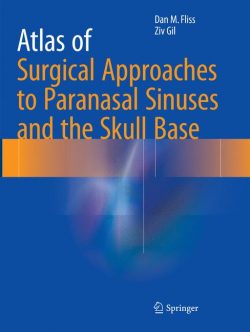This book presents clinicopathological insights into common genitourinary diseases, especially those of neoplastic nature, and introduces experiential learning based on case presentations (case-based learning). One of the tasks that trainees face is converting the extensive amount of data into medical experience. Using successive microscopic images, the book gradually and analytically presents diagnostic procedures for the genitourinary system (kidney, urinary bladder, prostate gland and testis). Characteristic cases are presented for each organ, each ending with a clinical commentary and key messages. This form of presentation helps readers acquire the valuable skill of effective diagnostic thinking, focusing their attention on the essential microscopic findings and disregarding insubstantial findings.
Although clinical applications are frequently based on pathological findings which therefore need to be clearly described and recorded, the importance of this in everyday medical practice is often ignored by medical students and downplayed by clinicians. Demonstrating how knowledge can be practically applied, the book is a valuable resource mainly for residents in pathology, urology and oncology but also for medical students with a special interest in histopathology.
General Introduction (Pathology and Clinical Medicine).- Chapter 1: Tumors of the kidney.- Chapter 2: Urinary Bladder.- Chapter 3: Prostate Gland.- Chapter 4: Testis.
Dr med. Andreas C. Lazaris is a pathologist with 20 years of undergraduate and postgraduate teaching experience at the First Department of Pathology of the Medical School of Athens National and Kapodistrian University, Greece. He successfully coordinated “ICT e-modules on HistoPathology: a valuable online tool for students, researchers and professionals – HIPON”, a three-year project co-financed by the Lifelong Learning Programme of the Education, Audiovisual and Culture Executive Agency of the Commission of the European Union. His contribution to medical education was acknowledged with his election as a first rank Professor of Pathology at the Athens National and Kapodistrian University Medical School. His work includes diagnostic pathology practice with a special interest in genitourinary pathology; he has been involved in 300 international and domestic scientific publications with more than 4500 citations in international medical literature.
This book presents clinicopathological insights into common genitourinary diseases, especially those of neoplastic nature, and introduces experiential learning based on case presentations (case-based learning). One of the tasks that trainees face is converting the extensive amount of data into medical experience. Using successive microscopic images, the book gradually and analytically presents diagnostic procedures for the genitourinary system (kidney, urinary bladder, prostate gland and testis). Characteristic cases are presented for each organ, each ending with a clinical commentary and key messages. This form of presentation helps readers acquire the valuable skill of effective diagnostic thinking, focusing their attention on the essential microscopic findings and disregarding insubstantial findings.
Although clinical applications are frequently based on pathological findings which therefore need to be clearly described and recorded, the importance of this in everyday medical practice is often ignored by medical students and downplayed by clinicians. Demonstrating how knowledge can be practically applied, the book is a valuable resource mainly for residents in pathology, urology and oncology but also for medical students with a special interest in histopathology.
Offers an educational presentation of pathological diagnosis using step-by-step microscopic images
“Demonstrating through this innovative approach how knowledge can be practically applied, the book is a valuable resource for residents and novices to the field, not only in pathology but also in urology and oncology. The interested medical student can also benefit from it. It is to be highly recommended among the educational medical literature helping the development of competent pathologists and clinicians alike.” (Prof. Dr Sven Seiwerth, Head of Department of Pathology, School of Medicine, University of Zagreb, Croatia)





